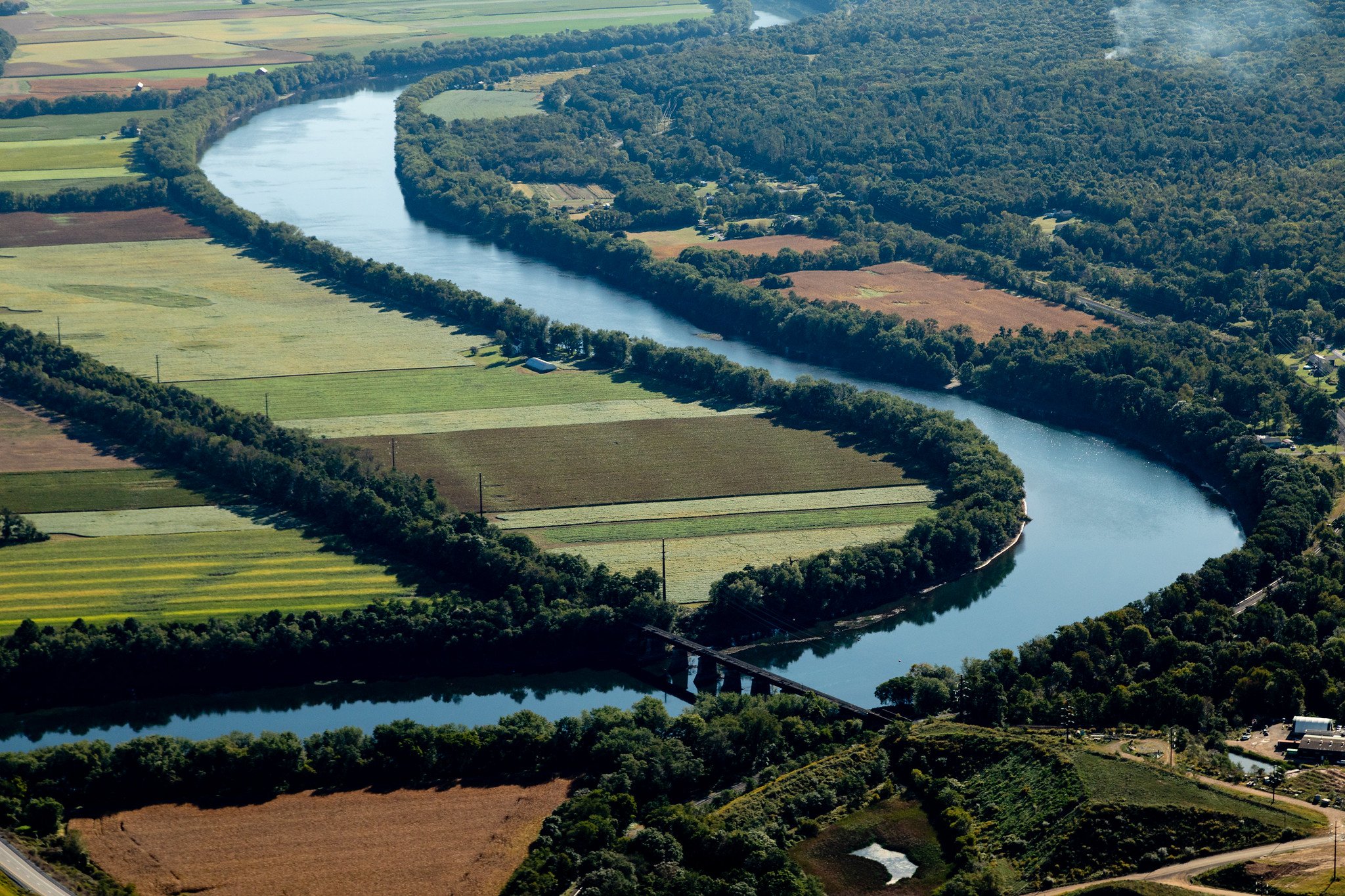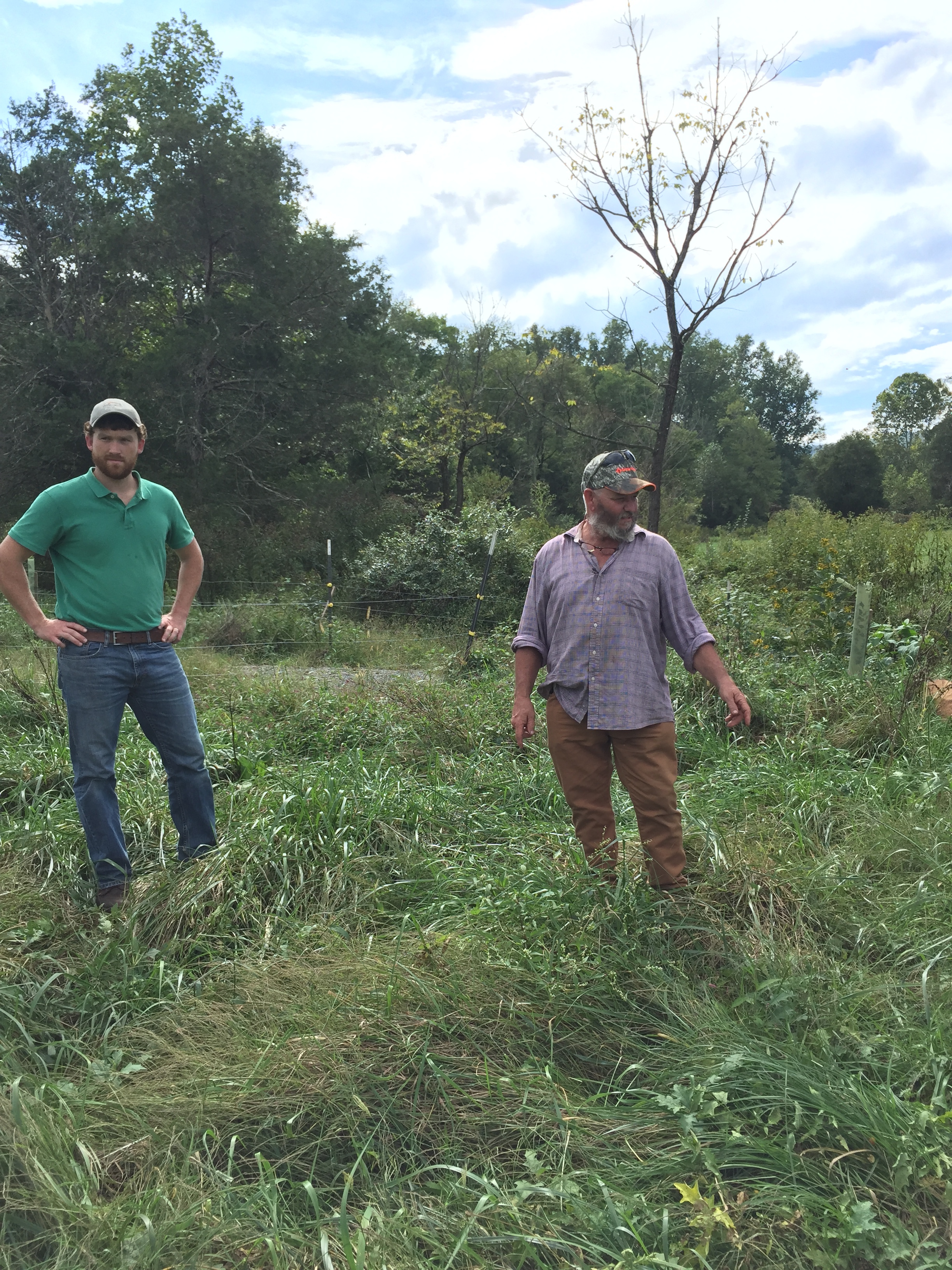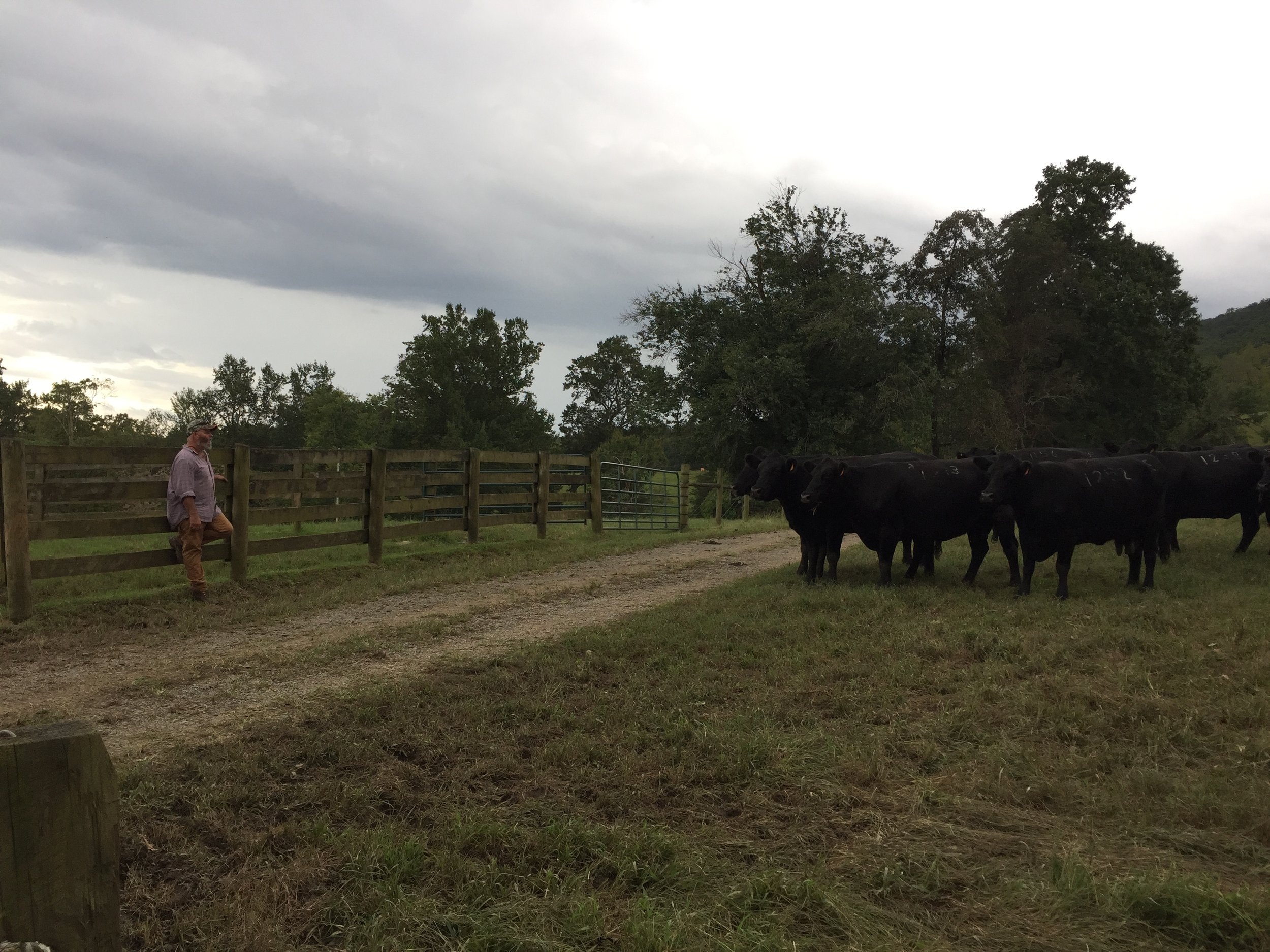Virginia
The Commonwealth’s policy is to conserve, develop, and utilize its natural resources, public lands, and historical sites. The Commonwealth also aims to protect its atmosphere, lands, and waters from pollution, impairment, or destruction.
Article 11 Section 1 of the Virginia constitution
Sixty percent of Virginia is in the Chesapeake Bay watershed and has four major rivers that drain directly into the Bay: the Potomac, Rappahannock, York and James rivers. It was around 40 years ago when the James River was identified as one of the most polluted rivers in America due to illegal dumping of the toxic chemical Kepone. The James was so heavily polluted that commercial fishing was banned in the river for 13 years. Due to known and ongoing discharges of pollution in the region, swimming in portions of the James was widely discouraged.
The James River’s health has slowly yet steadily improved since, due in no small part to the 2014 Chesapeake Bay Agreement. The multijurisdictional Chesapeake Bay Agreement connects bay watershed states to protect and enhance healthy water quality, farm and forested lands, fish and wildlife populations, climate change resiliency, and community access and engagement with our shared resources. The benefits of the Bay Agreement signatories are felt by all. The decades-long Chesapeake Bay restoration effort, and the state, federal, and private investment that comes with it, bring local benefits to Virginians.
State Lead
PULL CODE FOR PAT
Monthly Call
The Virginia state call is the second Tuesday of the month at 10am.






For this Member Highlight, the Coalition’s Virginia State Lead, Pat Calvert, interviews Amy Wentz and Sheri Shannon, cofounders of Southside ReLeaf. Their edited conversation follows.